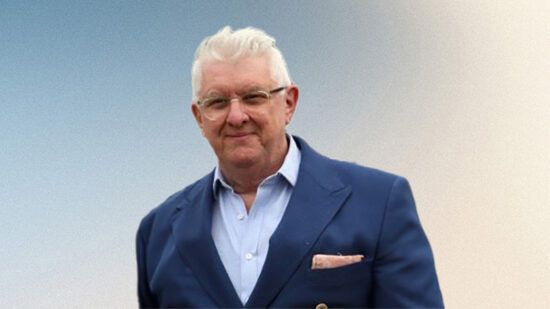“Doing good” and “doing well” can have subtle differences, but both are possible for clients that are committed for the long term. In the world of ESG, “doing good” is often used to describe investors who are motivated to improve life on earth. By investing in assets with favorable environmental, social and governance standards, you can have an outsized contribution for the good of the planet.
But “doing well” is usually performance based, which is best articulated relative to your individual goals. For most investors in ESG solutions, this involves a desire to have your cake and eat it – doing good while achieving solid returns on your investments. This may even have an embedded expectation for outperformance.
Let’s face it—ESG investors have largely flourished over the past five years. According to Morningstar’s US Sustainable Investing Report, more than 74% of sustainable funds were in the top half of their respective peer group over this period. The underpinning of this success is a topic of great interest to Morningstar (and others), but we must acknowledge that it is unlikely for any strategy that actively deviates from the market index to consistently outperform.
Clients’ long-term goals
So how can advisors work through the inevitable valleys in ESG performance? It boils down to focusing client communications on long-term goals, including a client’s preference for sustainability.
In this regard, a key tenet of any successful long-term financial plan is to remain invested. Asset managers who push ESG investing as a means to outperformance are dangerous, as there is not conclusive evidence that sustainable investing will always lead to better performance. Further, this focus on performance deemphasizes the values-based goals of investors who choose these portfolios.
Emphasizing the dual mandate of sustainably-minded investors – meeting long-term financial goals while investing in a sustainable fashion – offers the best chance at staying the course during difficult periods. For example, ESG investors have generally had a rough start to 2022, as the energy rebound has seen many traditional funds and indexes outpacing sustainable strategies.
For a genuine ESG investor, this type of underperformance is a great opportunity to remind clients that they likely don’t want to be earning returns from investments in fossil fuels and heavy carbon emitters. Additionally, the war in Ukraine may actually speed up the existing trends supporting sustainable fuel sources. While the war itself is certainly no cause for celebration, the broader global trend towards environmentally friendly products and suppliers allows for ESG investors to sleep well knowing that their capital is making an impact irrespective of the actual short-term investment results, especially with the growing prevalence of impact-oriented funds.
Communicating exposures
It is also imperative to help clients understand the differences within their ESG-oriented portfolio and set the right long-term expectations. In doing so, many clients that are committed to the ESG journey should appreciate that a professionally managed ESG multi-asset portfolio, if implemented correctly, should feel similar to the experience of a traditional portfolio. Even for those with more focused values, such as those using a direct indexing approach to customize a portfolio for ESG, it is worth explaining the differences, creating an opportunity for a more targeted and goals-based relationship. Either way, the ebbs and flows of over and underperformance relative to conventional offerings will oscillate and offer unique touchpoints for tax-loss harvesting and evolving values-based discussions along the way.
Regardless of the individual approach towards ESG investing, communicating the different exposures within a client’s ESG portfolio will help explain performance differentials and should make handling challenging performance periods much more tolerable, especially if you focus on the dual mandate. Staying the course is the most important piece of achieving an investor’s long-term financial goals and ESG investors could have a built-in advantage with the ability to focus on more than simply performance during tough times.
The key to handling the inevitable difficult performance period for ESG-oriented portfolios is that clients that stay invested should remain on track to meet their long-term financial goals, and ESG investors should have added incentive to remain invested relative to those investors who focus exclusively on returns. For folks concerned with climate change, is missing out on short-term energy company gains really all that terrible if you still expect to produce enough long-term gains elsewhere in the market to satisfy your financial goals?
Clients can feel confident that during difficult performance periods, their capital is still being used to make an impact. If they stick with their long-term plan, they can still meet their financial goals while also getting this extra utility. Or said another way, clients can “do good” and “do well.”
Paul Arnold is co-head of asset allocation strategies and portfolio manager of ESG asset allocation portfolio series at Morningstar Investment Management.








